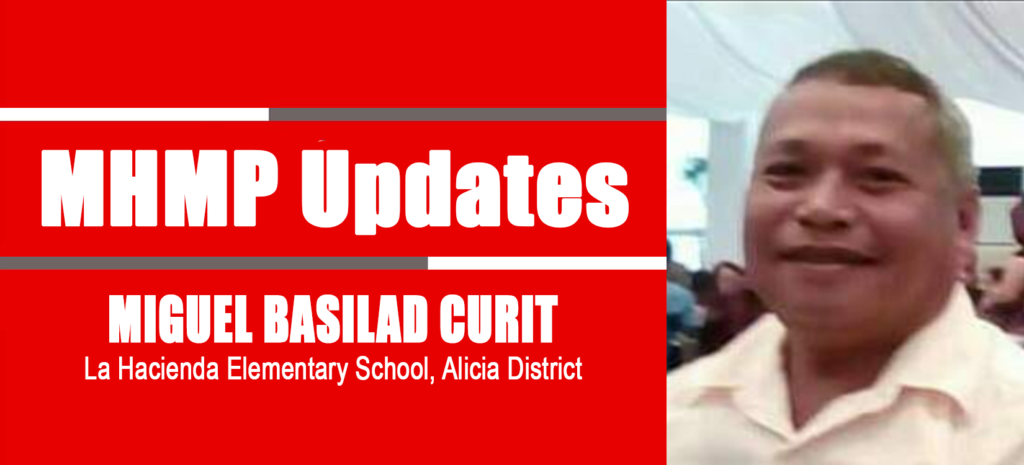
LEARNING Resources (LR) refers to any person(s) or any material (whether acquired or locally produced) with instructional content or a function that is used for formal or informal teaching/learning purposes. (Prince Edward Island, Department of Education). Learning resources may include, but are not limited to, print and non-print materials; audio, visual, electronic, and digital hardware/software resources; and human resources. (LisQup Module 4). The Department of Education (DepEd) is concerned with the provision of accessible, relevant, quality basic education for all learners. DepEd issues policy guidelines for the provision of learning resources and needed devices and equipment and funding relevant activities for the implementation of the Basic Education Learning Continuity Plan (BELCP) in this time of the pandemic. (DepEd Order 18, s. 2020)

It has been said that learning resources are vital in the teaching-learning process as part of the total development of young learners and even adults too. It can not be denied that there is a need to invest more in learning resources to become more useful in the field of teaching. Several activities were spent on capacity building of teaching, teaching-related, and non-teaching personnel for them to become more responsive to the needs of the learners. In the delivery of instructions during this time of the pandemic, learning activity sheets were developed to be part of the modules that were provided to enhance learners’ competencies. Online, offline, electronic copies and hard copies were sent to learners.
Ross, 2022 states that learning resources are things that teachers can access to help them do some aspect of their job better as part of the professional development process (either pre-service or in-service). This is important because the quality of teachers has been highlighted as the most important factor in determining the effectiveness of a school system (Barber and Mourshed, 2007). If teachers have agency in this process, that is they are involved in and contribute to the design, they are more likely to be able to translate their experiences effectively into the classroom. SDO Bohol, as part of the pilot implementer of the Learning Resources Management and Development System (LRMDS), is fully capacitated in the mechanism of quality assurance with the contextualization and development of learning materials to be utilized in the schools.
Resources might be institution-specific, such as school behavior or inclusion policy documents, assessment procedures, or information for new teachers. Some institutions have a library or part of the staffroom where there are books or journals about teacher development that teachers can use, and there are of course online resources that all teachers can access: articles about teaching and education, teacher websites like Teaching English and Edutopia and social media groups about teaching.

These resources require a generous budget allocation to materialize and be of use efficiently. However, it should be taken into consideration that PEOPLE are also important learning resources. Experienced or specialist teachers are a source of knowledge for new teachers or teachers wishing to specialize in a new area, and communities of practice such as local or national associations can provide useful professional networking opportunities. Students are also a great learning resource if teachers engage in a process of reflective teaching, seek student feedback, and engage in assessment for learning, using student input to inform teaching.

Teachers have three loves: love of learning, love of learners, and the love of bringing the first two loves together. Education is our passport to the future, for tomorrow belongs to the people who prepare for it today. I am not a teacher, but an awakener. The art of teaching is the art of assisting discovery. (https://gradecam.com). Whether there is a pandemic or not, learning continues to take place. As long as there are dedicated teachers, school heads, and supportive top management, there is nothing to worry about the full support in the provision of human and non-human learning resources that are needed for the total development of the learners.

